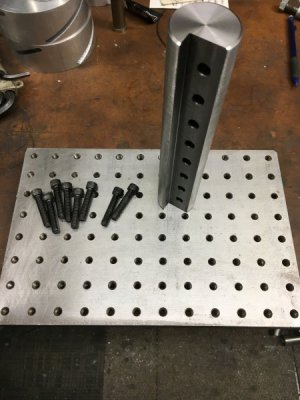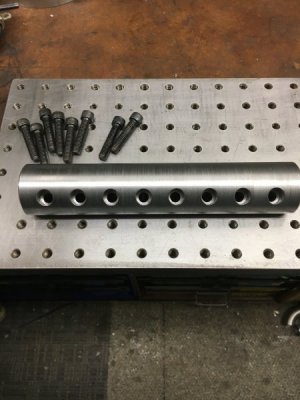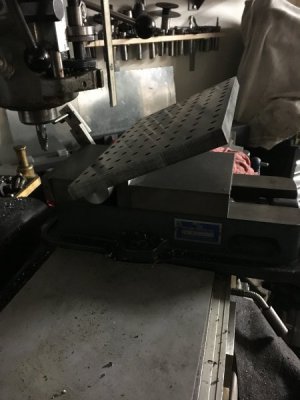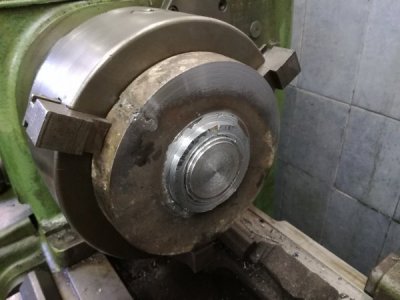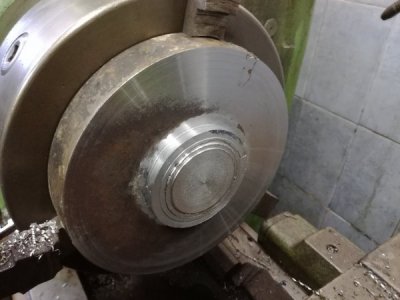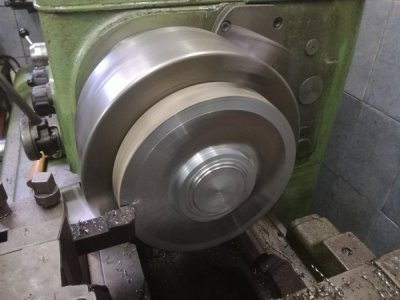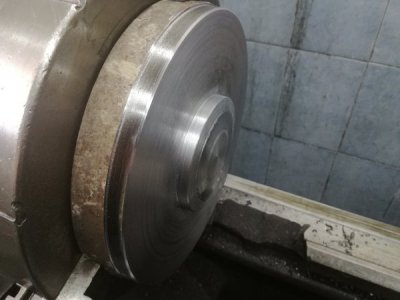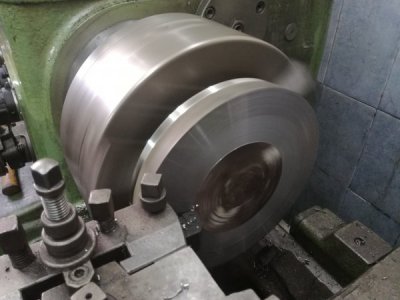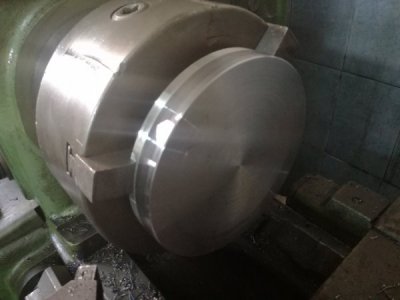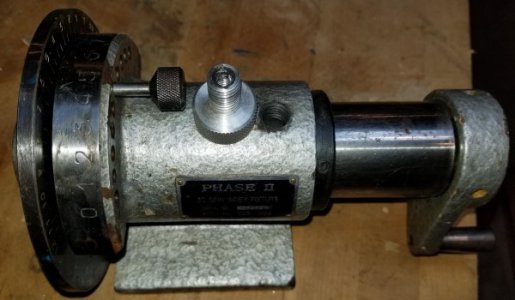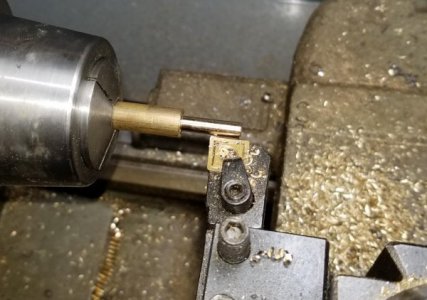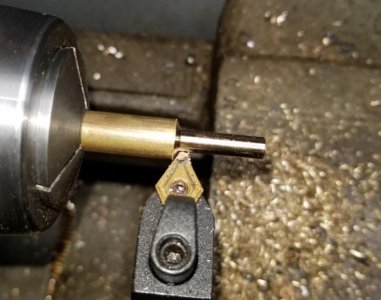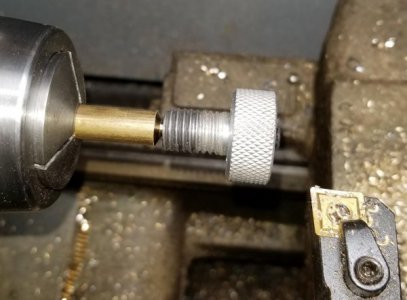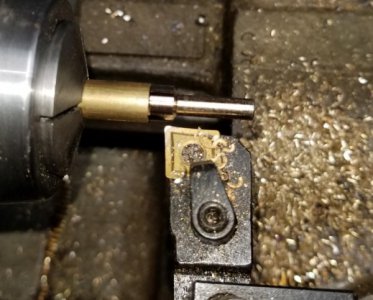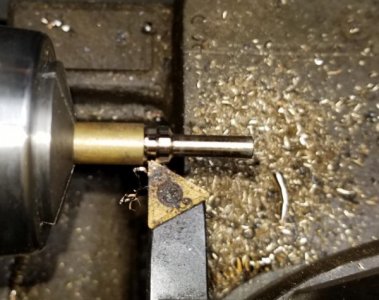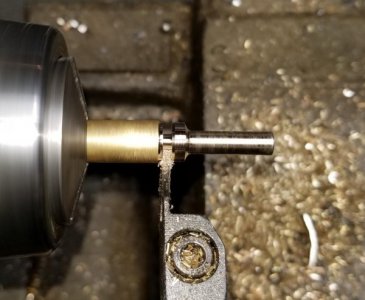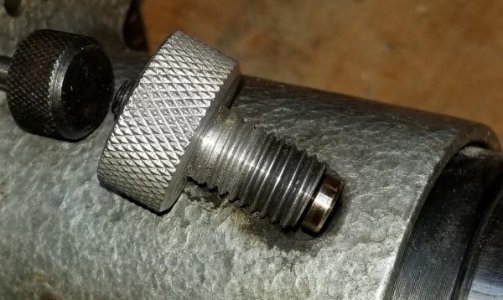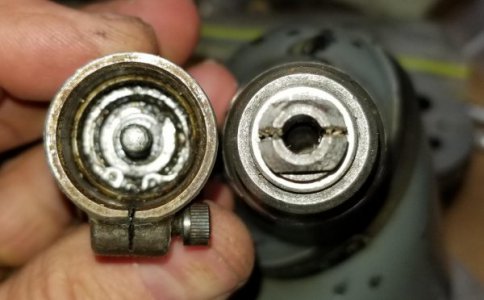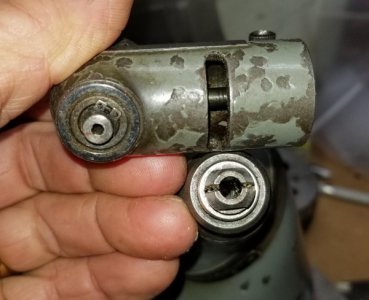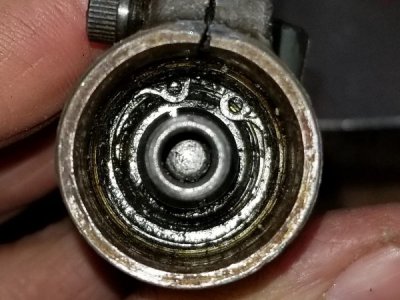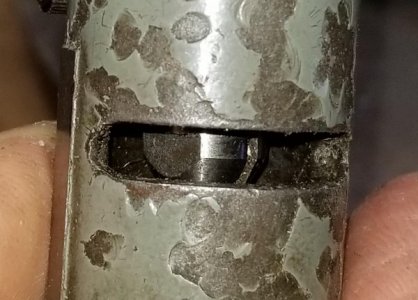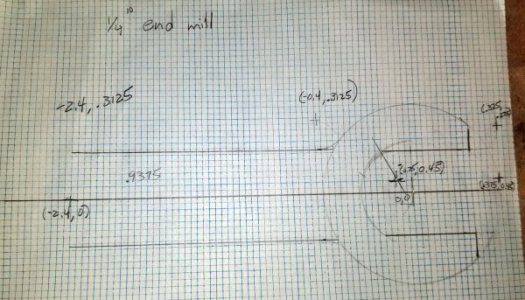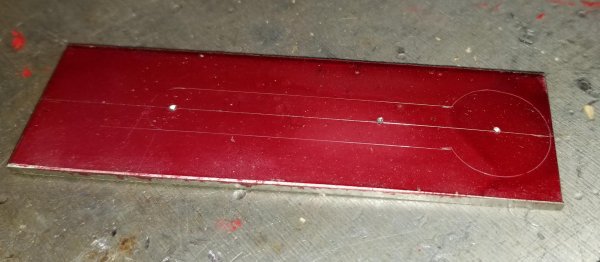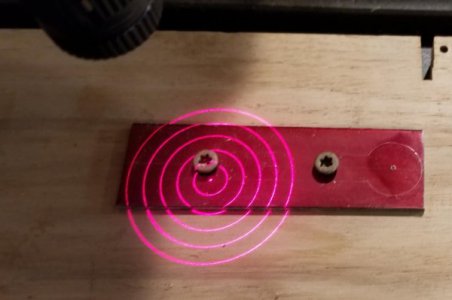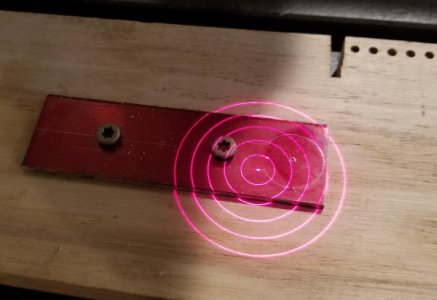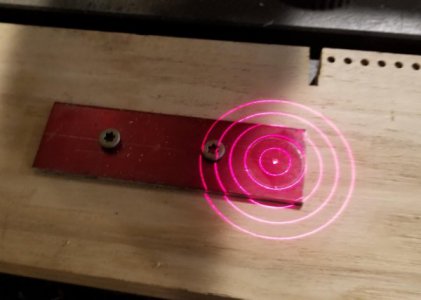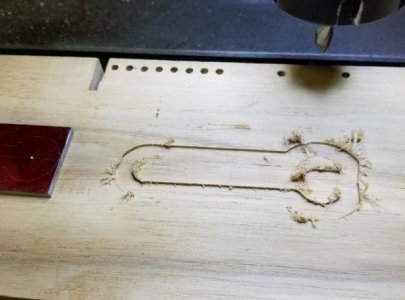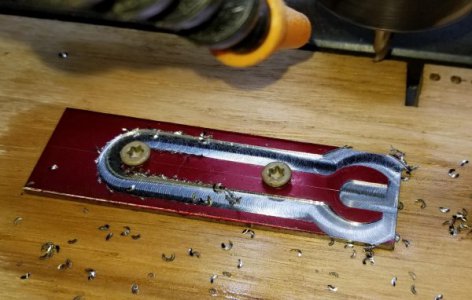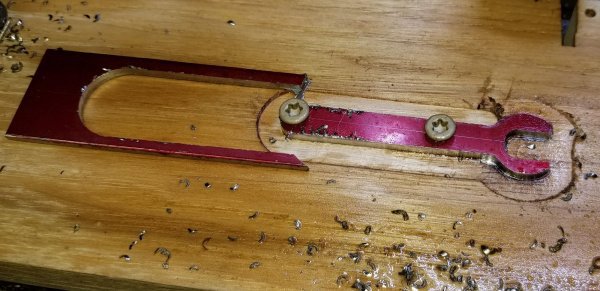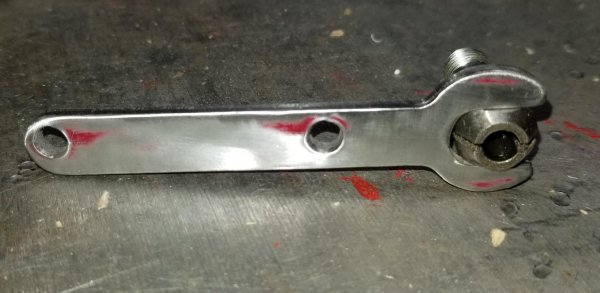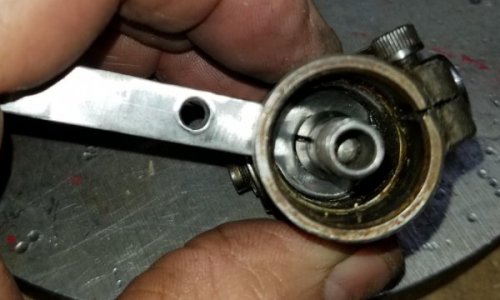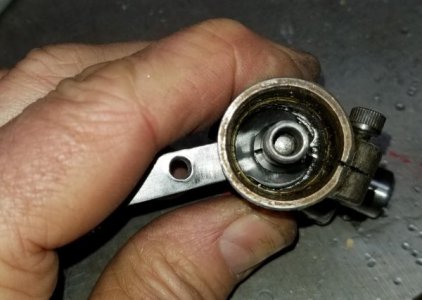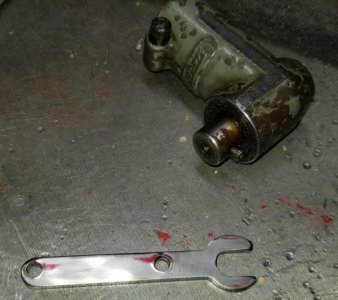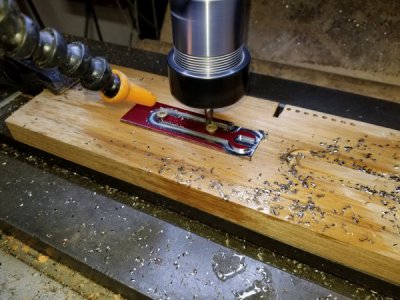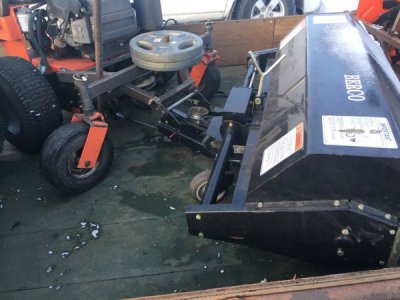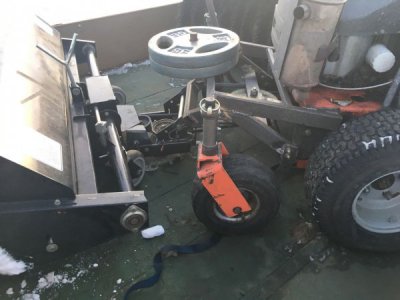- Joined
- Nov 23, 2014
- Messages
- 2,632
POTD was replacing the tail lamps on our 6'x10' utility trailer with LED lamps. I liked the lifespan of the LED's, but questioned the open area in the lamp where the wiring passes in the housing. I caulked it up, but naturally the tail lamps take a lot of road spray. So went the overkill route of making a couple of stainless steel shields to protect the wiring.
Cut the stainless to size on my Tennsmith shear, punched holes with a Roper Whitney #5 Junior hand punch and bent a flange on the top with the DiAcro brake. Soldered, taped and heat-shrink tubed the wiring connections. No more burned out bulbs to replace.
Bruce
New LED tail lamp. Wiring isn't well protected where it runs into the housing.
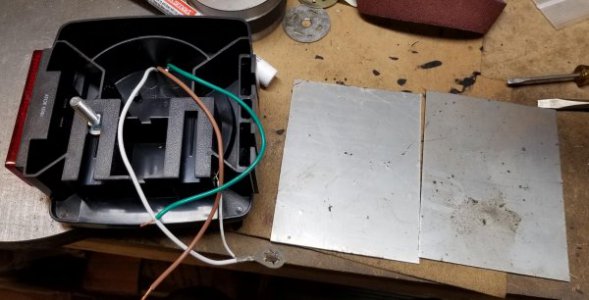
Cut a pair of SS blanks on the shear, punched mounting holes.
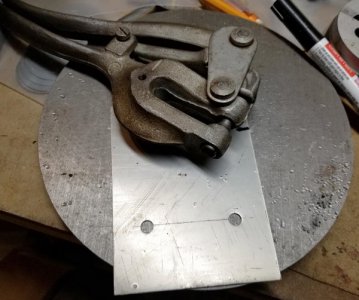
Bent a flange that goes over the top inner of the housing. Left it at an obtuse angle
so it'll shed water away from the wiring though air while driving would take the water
over the top anyhow.
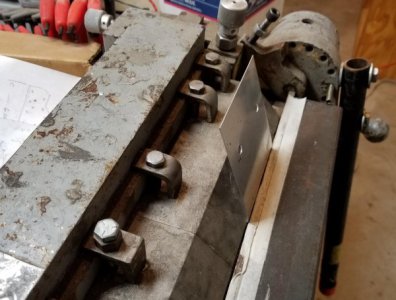
Set the shields in place and filled the cavity at the top with silicone caulk.
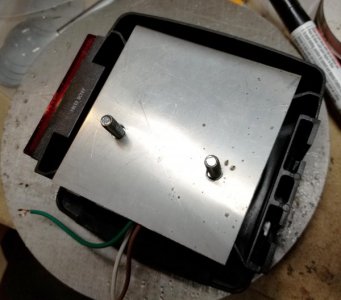
New lamps in place.
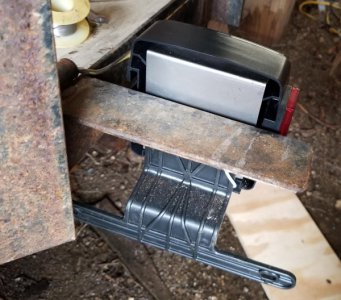
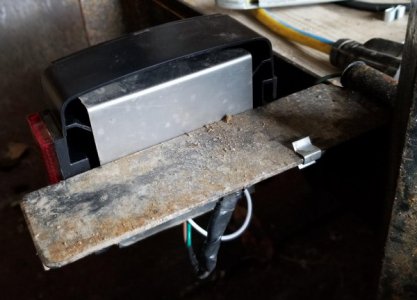
Cut the stainless to size on my Tennsmith shear, punched holes with a Roper Whitney #5 Junior hand punch and bent a flange on the top with the DiAcro brake. Soldered, taped and heat-shrink tubed the wiring connections. No more burned out bulbs to replace.
Bruce
New LED tail lamp. Wiring isn't well protected where it runs into the housing.

Cut a pair of SS blanks on the shear, punched mounting holes.

Bent a flange that goes over the top inner of the housing. Left it at an obtuse angle
so it'll shed water away from the wiring though air while driving would take the water
over the top anyhow.

Set the shields in place and filled the cavity at the top with silicone caulk.

New lamps in place.



